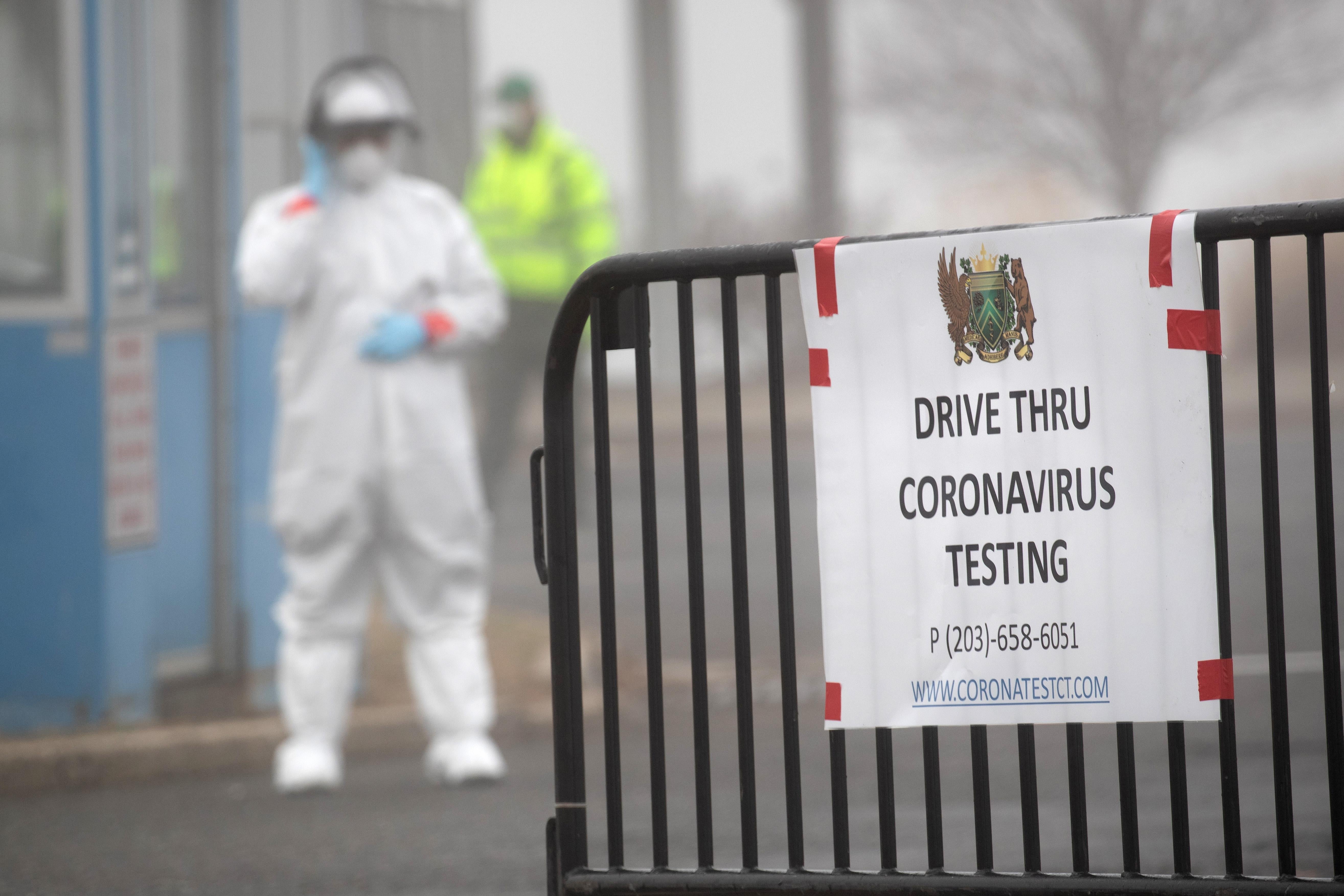Health officials in some of the hardest-hit areas of the country are calling for a more restrictive approach to coronavirus testing to focus largely on health care workers and the very sick in order to use resources where they could be most useful to save lives. In New York, California, and other areas that have been hit hard by a surge in coronavirus patients, officials are sending the message that the fight to contain the virus has been lost and now the focus needs to shift to responding to the pandemic in the most efficient way possible. That makes it likely we may never get a full picture of how many people are infected by COVID-19. “The shift is further evidence that rising levels of infection and illness have begun to overwhelm the health care system,” notes the Washington Post.
In Los Angeles, for example, health officials told doctors they should only be testing for coronavirus if the result could change how a patient would be treated. The department “is shifting from a strategy of case containment to slowing disease transmission and averting excess morbidity and mortality,” according to a letter sent by the Los Angeles County Department of Public Health. Doctors should only carry out tests when “a diagnostic result will change clinical management or inform public health response.”
Members of the Trump administration also pushed the message Saturday, insisting broad testing is not the most efficient use of resources. “Not every single person in the U.S. needs to get tested,” said Anthony Fauci, director of the National Institute of Allergy and Infectious Diseases. “When you go in and get tested, you are consuming personal protective equipment, masks and gowns — those are high priority for the health care workers who are taking care of people who have coronavirus disease.” One person who will get tested is Vice President Mike Pence after a staff member in his office tested positive.
The message from the White House came as nearly one-in-four Americans faced some sort of order to stay at home Saturday when almost 23,000 cases have been reported across the country and 289 deaths. New Jersey’s governor was the latest—following California, New York, Illinois, and Connecticut—to impose restrictions on movement. And officials made clear this new reality would likely continue for some time. “I don’t believe it’s going to be a matter of weeks. I believe it is going to be a matter of months,” New York Governor Andrew Cuomo said.
As Americans braced to stay home, Italy’s already dire situation worsened Saturday as it recorded the deadliest 24 hours period with 793 additional deaths. Italy now has more than 53,000 recorded cases and 4,825 deaths and has surpassed China as the country with the highest death toll. Italian authorities took the drastic step Saturday of closing down all factories and “non-essential production activities” in a bid to stop the spread of the virus. “Grocery stores and pharmacies will remain open,” said the country’s prime minister, Giuseppe Conte. “But all the rest of the non-essential production activities, including plants and offices, will close down. This is Italy’s most difficult challenge after WWII. If we stick together, we’ll get through this.”
